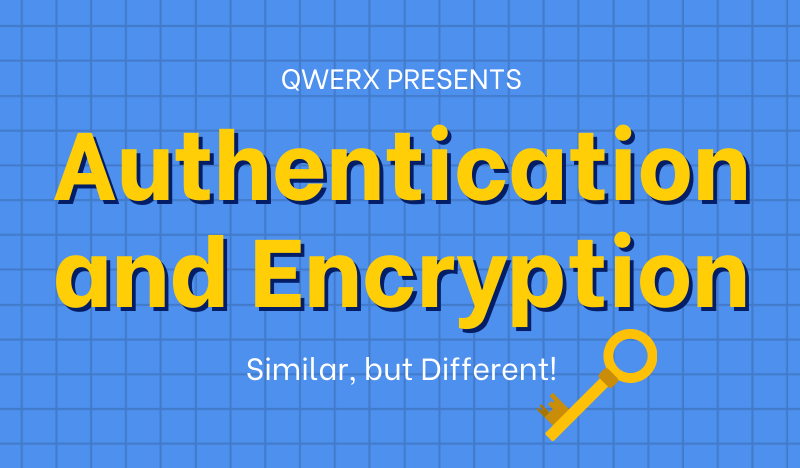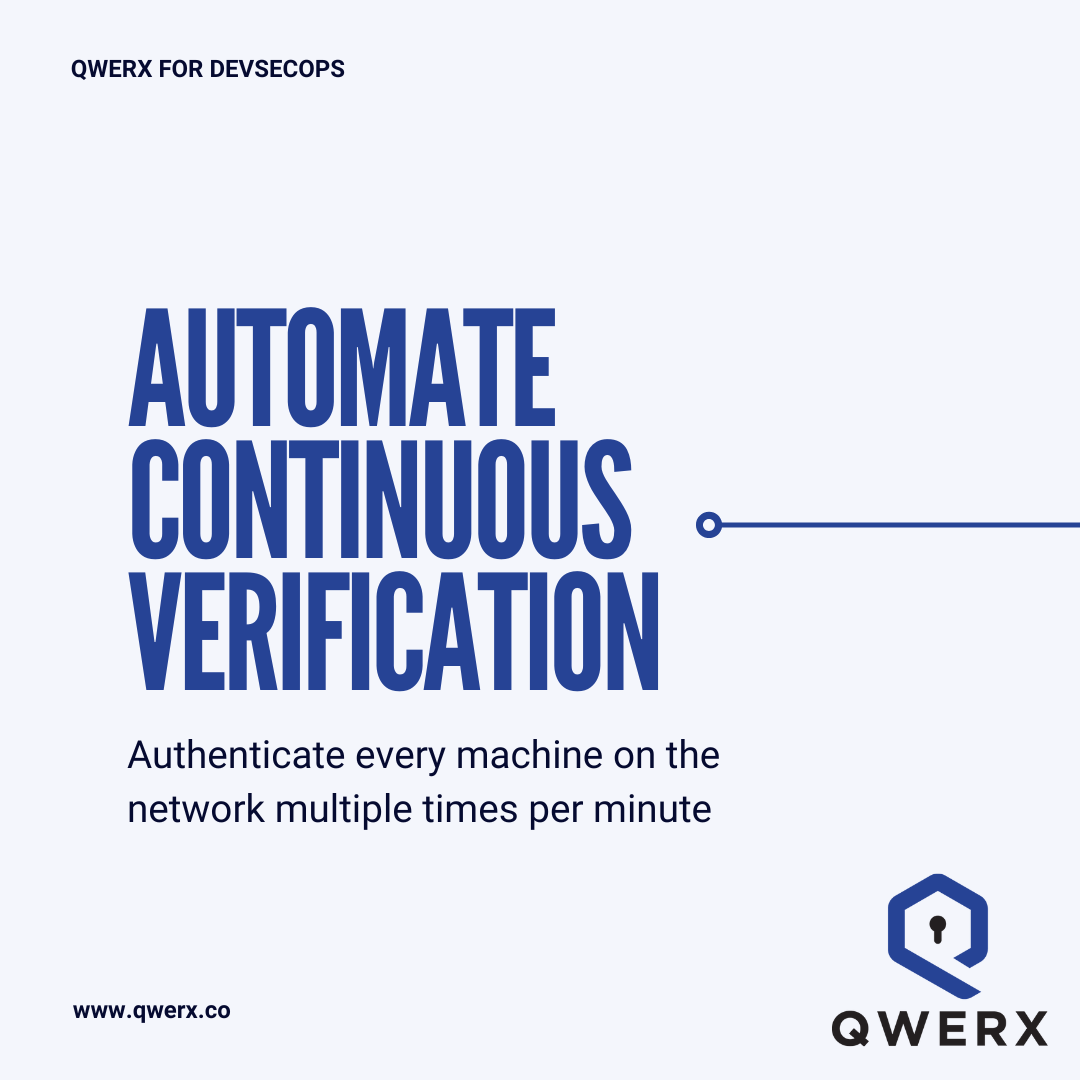Authentication vs. Encryption

Authentication and encryption are two critical functions at play in cybersecurity infrastructure. Both processes contribute to the security of your data, but they serve different purposes.
What is Authentication?
Authentication is a critical component of modern information systems, as it helps ensure that only authorized users have access to confidential data and resources. Authentication is the process of verifying the identity of a user, device, or other entity in a computer system. This is typically done by providing a set of credentials such as a username and password, or biometric data like fingerprints. Once authenticated, the user is granted access to the system and its resources.
What is Encryption?
Encryption is the process of encoding messages or information in such a way that only authorized parties can read it. Encryption uses algorithms to scramble data with a unique key or password, making it unreadable to anyone without the key or password. It is used to protect sensitive data like passwords, personal information, or financial information.
What Do Authentication and Encryption Have in Common?
Both authentication and encryption rely on entropy as a source of their security. Both commonly use asymmetric private keys, which introduces a serious vulnerability. Static digital credentials, including certificates and private keys, can be stolen and used to gain unauthorized access to a network or to decrypt communication, a common occurrence in recent years.
How Does QWERX Technology Improve Secure Authentication?
QWERX takes a different approach to authentication that eliminates much of the vulnerability in the current infrastructure. The QWERX approach is similar to a Zero Knowledge Proof based upon a symmetric key generation process. In both the classical approach to encryption and the current private key approach to much of device authentication, the private or encryption key must be kept secret before and after its use. In the QWERX process the key only comes into existence when it is actually being used and then self-destructs and is never used again. There is literally no time or need to keep it secret. Since the devices authenticating to each other on the network using the QWERX process can instantaneously create the same complex key in precisely the same instant to authenticate to each other, they don’t need to ever exchange the keys or store them or keep them secret. QWERX authentication is like classical encryption in that it employs entropy to create complex and unguessable keys, but it is unlike encryption and the current authentication approach, in that it never exchanges or shares keys and never stores them. Therefore, the QWERX keys are never in a position to be exploited by and an external adversary who would seek to steal them.


